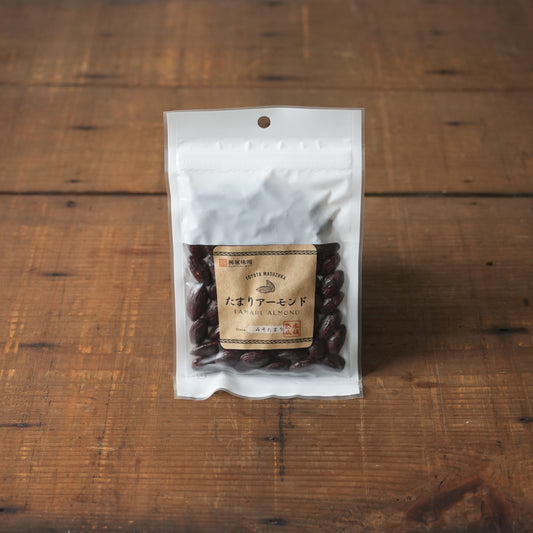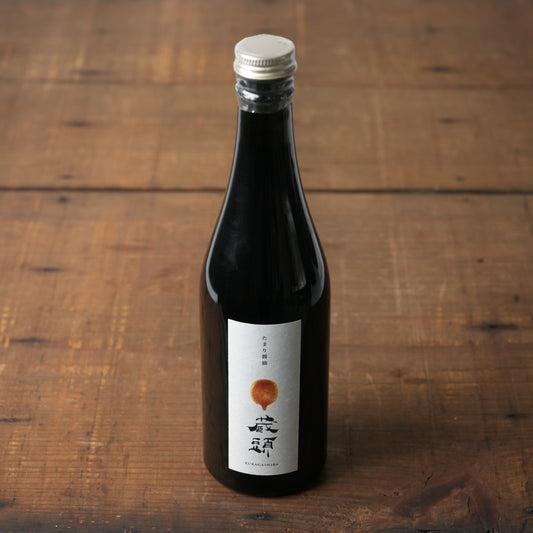Collection: Soy sause
醤油
The origin of soy sauce traces back to ancient China’s jiang, which was introduced to Japan as hishio. By the Heian period, it was one of the essential seasonings alongside salt, sake, and vinegar. In the Kamakura period, Zen monk Kakushin brought back a miso-making method from China, which led to the development of a liquid seasoning similar to tamari soy sauce. By the Muromachi period, early forms of soy sauce were being produced, and by the late 16th century, the term shoyu became established. During the Edo period, koikuchi shoyu (dark soy sauce) became popular and was integral to Edo cuisine, including soba and tempura. Soy sauce is rich in amino acids, vitamins, and minerals, supporting muscle repair, immune function, and fat metabolism. It also removes fishy odors, enhances aroma, and preserves food. Additionally, it balances flavors by intensifying sweetness, reducing saltiness, and creating deep umami with dashi. These properties make soy sauce an indispensable ingredient in Japanese cuisine.






